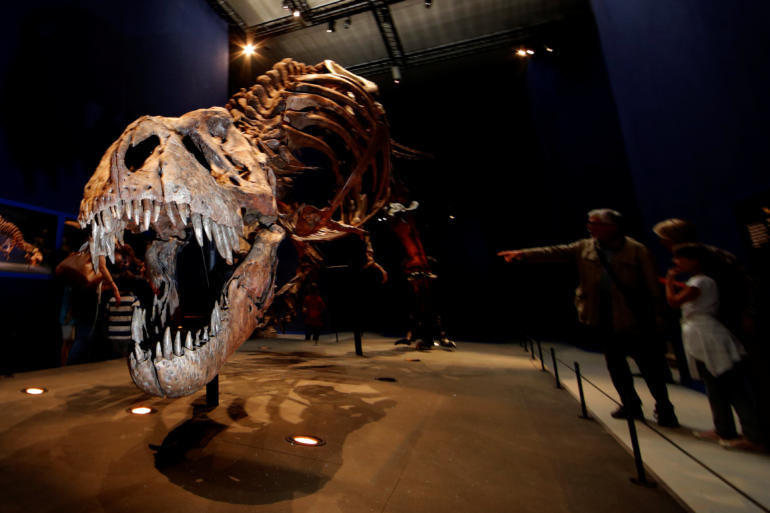The first modern humans appeared on Earth 200,000 years ago, but it wasn’t until just 12,000 years ago we started to settle and farm land. Dinosaurs first appeared on the planet about 245 million years ago during the Triassic period. Around 65 million years ago most of the dinosaurs were dead, with many experts pointing to a massive asteroid strike as the cause. During those 179 million years it’s believed that more than 1,000 different dinosaur species roamed the planet. So, what can digging up those dino fossils tell us about those species and what life on Earth was like so many years ago? For those answers, we go to Paul Sereno, Professor of Paleontology at The University of Chicago.
Click here for more information on Paul Sereno
Dinosaurs went extinct about 65 million years ago and because of climate change, population growth, and other factors, many animals continue to go extinct, but what about us humans? Will we be around forever? Paul has an answer. One you probably won’t like. All that and more in the second part of our interview with Paleontologist Paul Sereno.
Click here for more information on Paul Sereno’s Fossil Lab
In the 1993 movie Jurassic Park, John Hammond, the multi-millionaire, mad-scientist brought dinosaurs back to life using dino blood extracted from mosquitoes trapped in amber. As you probably remember, the experiment didn’t end well.
Well, twenty-six years later a scientist at Harvard is trying to do the same thing, but with woolly mammoths.
Click here for more information on Harvard’s Genetics Department
 CGTN America
CGTN America
